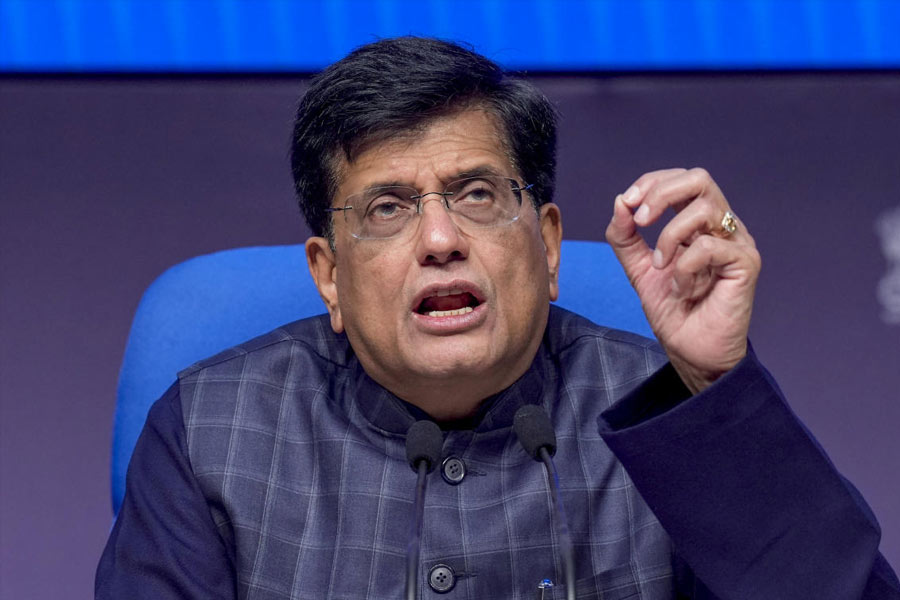 |
Handset maker Nokia has just signed a deal with its employees at its Chennai factory. According to reports, the salary hikes are as much as 200 per cent — from Rs 7,000 to Rs 21,000. That’s only for a lucky few; but the others will also be getting sharp increases.
At Hero MotoCorp, workers have demanded a salary of Rs 1 lakh monthly, plus other benefits. They won’t get it, and they know it too. But the fact that such demands have been made points to the arrival of a new environment — the “sons of soil buried under tons of toil” metaphor doesn’t exist anymore. Workers are earning more than journalists.
These may be extreme examples, for surveys seem to paint a rather different picture. “India Inc reflects a cautious economic outlook, records an average salary increase of 10.3 per cent for 2013,” says an AON Hewitt report. Its Annual Salary Increase Survey explains that there is wide variance of salary increases across sectors. “Financial services, technology and outsourcing have seen the greatest volatility and remain cautious in 2013. Consumer and industrial sectors, which have been resilient so far, also reported conservative increase projections. In sync with the economic outlook, the 10.3 per cent increase is among the lowest the country has seen in a decade (barring the subprime crisis year).”
Check out next a more recent Mercer study — the Total Remuneration Survey. Here are the highlights:
Overall, a 12 per cent salary increase is expected across industries in 2013.
72 per cent companies indicate buoyant hiring intentions in 2013.
Among industries surveyed, the pharmaceutical sector expects the highest salary increments at 12.5 per cent, while the auto sector sees a dip in salary projections for 2013.
Overall, actual voluntary turnover (attrition) rose to 10.1 per cent (until June 2012), with highest attrition reported in the auto sector.
Actual salary increase across industries and career levels in 2012 was 12 per cent in 2012.
“Corporate sentiment is cautiously positive, though companies are adopting a wait-and-see policy,” says Muninder Anand, director of Mercer India’s Information Solutions business. “Our research suggests that companies are not looking at holding back increments in 2013, but are likely to be more selective. Performance-based pay and rewards will gain prominence in the appraisal cycle. Hiring will still continue to be on the agenda for most companies in 2013.”
Are we talking about two different countries here? The two surveys used different methodologies; so the variance in the results is only to be expected. But how can one fit this into a world where some people are expecting 200 per cent salary increases? In fact, by some yardsticks, AON Hewitt and Mercer are bullish; the real bear is Nomura, which adds inflation to the mix and reports that “we estimate that real salaries are likely to grow at a meagre 0.7 per cent year-on-year in 2013 from 2.2 per cent in 2012.”
One answer is that there are two Indias out there. Some sectors are booming and can afford to pay more. Others are in the doldrums and can’t even afford to pay salaries; look at Kingfisher Airlines if you want a live example.
The lesson in all this is to see red flags. Print journalism in English is nearly dead, though vernacular will survive for many more years. A watch has to become a fashion product — an accessory. Goodbye to common-or-garden watchmakers. Bookshops have no future though, hopefully, books — in some form — have.
Surveys set you thinking. They deal in averages while the extremes are more important. They tell you to map your position in the right quadrant. It would help the fitter in Detroit to understand why his job has gone to Pune. And the textile worker in Tirupur should know why he is being Bangalored by some upstart from Dhaka.
HIKES ON THE CARDS
Salary increase projections for the new year (and the actuals for 2012)
Actual Projected 2012 2013
All Employees 10.7 10.3
Senior Management 9.7 9.3
Middle Management 10.8 10.3
Junior Management 11.5 11.0
General Staff 10.6 10.4
Manual Workforce 9.0 8.7
Key Talent 14.4 14.1
Source: AON Hewitt










